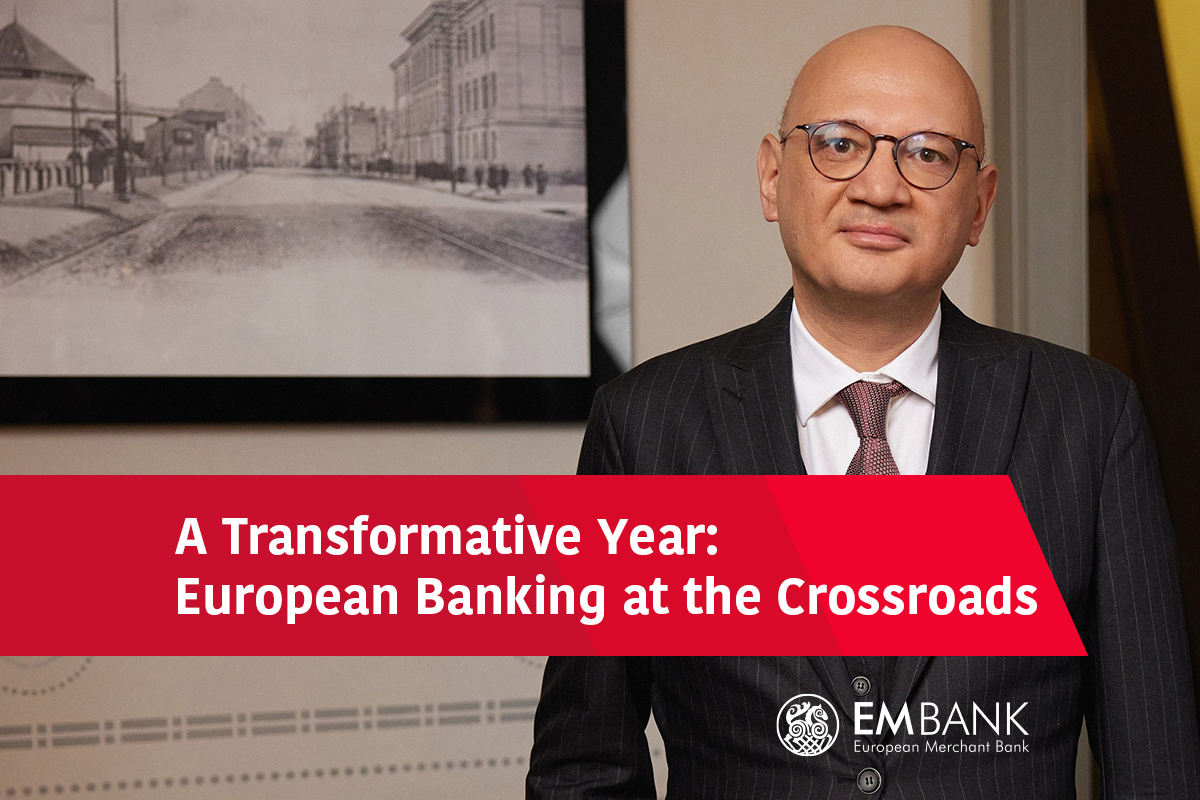Open Finance is a term that has gained popularity in recent years, particularly in the fintech space. Open Finance refers to the idea of opening up financial systems and data to third-party providers and developers through the use of APIs. This increased accessibility aims to promote innovation and competition in the financial industry.
In this article, we will explore what exactly Open Finance is, how it works, and its potential benefits. We will also provide some examples of Open Finance in action to help illustrate its impact and potential.
What is Open Finance?
Open Finance is a term used to describe a financial system that is more accessible, transparent, and inclusive. It means that people can access their financial data from different sources and use it for various purposes.
Open Finance is built on top of the concept of Open Banking, which allows third-party providers to access bank data through APIs. But, Open Finance goes beyond that to include all types of financial data, including investments, insurance, and pensions.
Open Finance Regulations
The concept of open finance brings forth new considerations and challenges for regulators. The regulatory landscape for open finance is still evolving, but here are some of the current regulations that govern the space:
- The EU’s PSD2 (Payment Services Directive 2) requires banks to share customer data with third-party providers authorized to access it.
- The UK’s Open Banking Regulation sets standards for third-party providers and requires them to register with the Financial Conduct Authority.
- In the United States, the Consumer Financial Protection Bureau (CFPB) is exploring ways to promote consumer benefits of Open Finance while mitigating risks.
Differences between Open Banking and Open Finance
The infrastructure for Open Finance is provided by Open Banking. Although they sound similar, there are some main differences between Open Banking and Open Finance:
- Scope: Open Banking is limited to the sharing of banking data, while Open Finance covers a wider range of financial products and services.
- Data: Open Banking only includes data related to banking transactions, while Open Finance incorporates data from various financial sources like investments, insurance, credit cards, and more.
- Impact: Open Banking has already changed the banking industry significantly, while Open Finance has the potential to transform the entire financial industry by drawing a more complete picture of an individual’s financial health.
- Innovation: Open Finance has the potential to encourage innovation by allowing new types of financial services to be created that were previously not possible under traditional banking methods.
Benefits of Open Finance for Businesses
Open Finance has emerged as a revolutionary concept in the finance industry, opening up new opportunities for businesses of all sizes. Some of the key benefits that businesses can reap from Open Finance include:
- Access to financial data in real-time
- Integration of multiple financial accounts in one place
- Streamlined payments processing
- Customized financial products and services
- Improved risk management strategies
As businesses continue to embrace Open Finance, its benefits are expected to grow and transform the finance industry as we know it.
Benefits of Open Finance for Consumers
Open Finance is a game-changing concept that allows consumers unprecedented access to their financial information. This new approach allows individuals to control their finances in ways that were once only available to the most sophisticated investors.
Here are some benefits of Open Finance for consumers:
- Increased convenience: Open Banking has enabled consumers to access all their financial information in one place, Open Finance will make it easier to manage their money in one place.
- Better deals and offers: With Open Finance, consumers can share their data with third-party providers who can offer more personalized deals and offers.
- Improved financial inclusion: Open Finance can help underbanked consumers gain access to financial services and products.
- Greater control: Consumers have greater control over their financial data, making it easier to make informed decisions.
Use Cases of Open Finance
Open Finance has broad applications across industries and sectors. Here are some examples in action:
- Budgeting apps: Some apps use Open Banking APIs to pull transaction data from multiple bank accounts and provide users with comprehensive control of their finances.
- P2P lending platforms: Peer-to-peer lending platforms allow investors to lend money directly to borrowers, bypassing traditional banks.
- Insurance marketplaces: Open Finance can make it easier for consumers to compare insurance policies and purchase coverage from a variety of providers.
Wealth management tools: Open Finance APIs can be used to build wealth management platforms that offer personalized investment recommendations based on a user’s financial data.
- Payment processors: Open Finance enables seamless payments between different accounts and currencies, making international and cross-border transactions easier and more efficient.
- Credit assessment: Open Finance can democratize access to credit by providing lenders with a more complete picture of a borrower’s financial history.
- Supply chain finance: Open Finance can also streamline supply chain finance by automating the process of financing inventory and accounts receivables.
Open Finance is quickly becoming the future of the financial world. With its ability to integrate various financial services and products, it is sure to revolutionize the way we manage our finances. The potential for Open Finance is limitless, and we can expect to see more innovative and creative financial products in the years to come.



